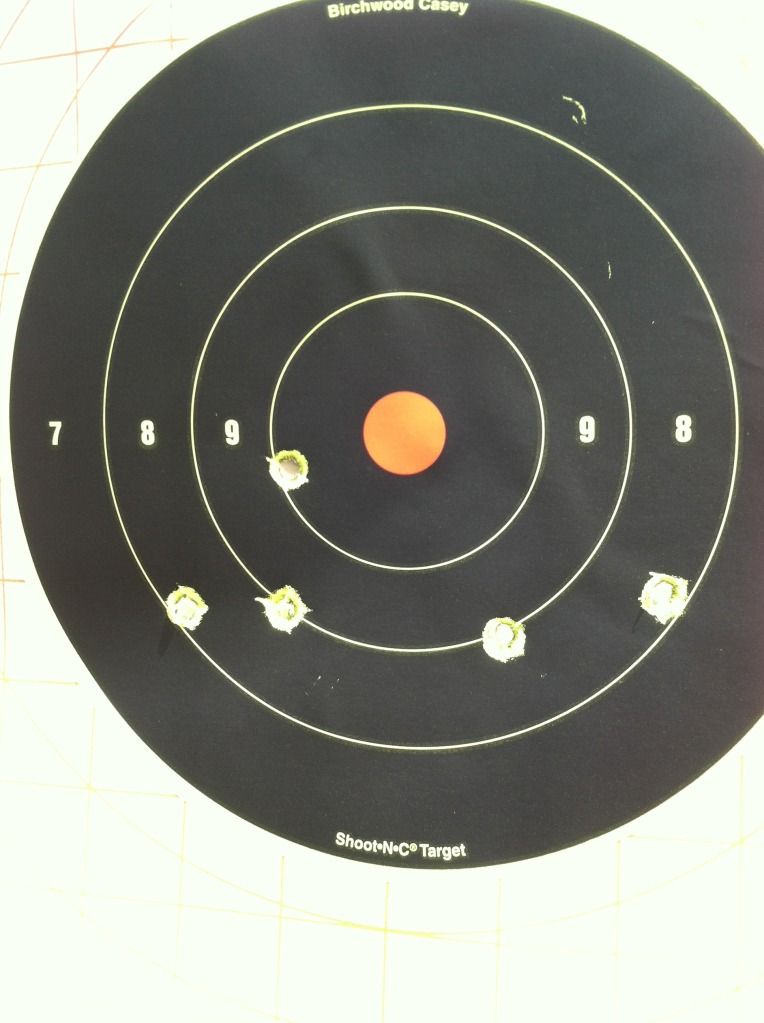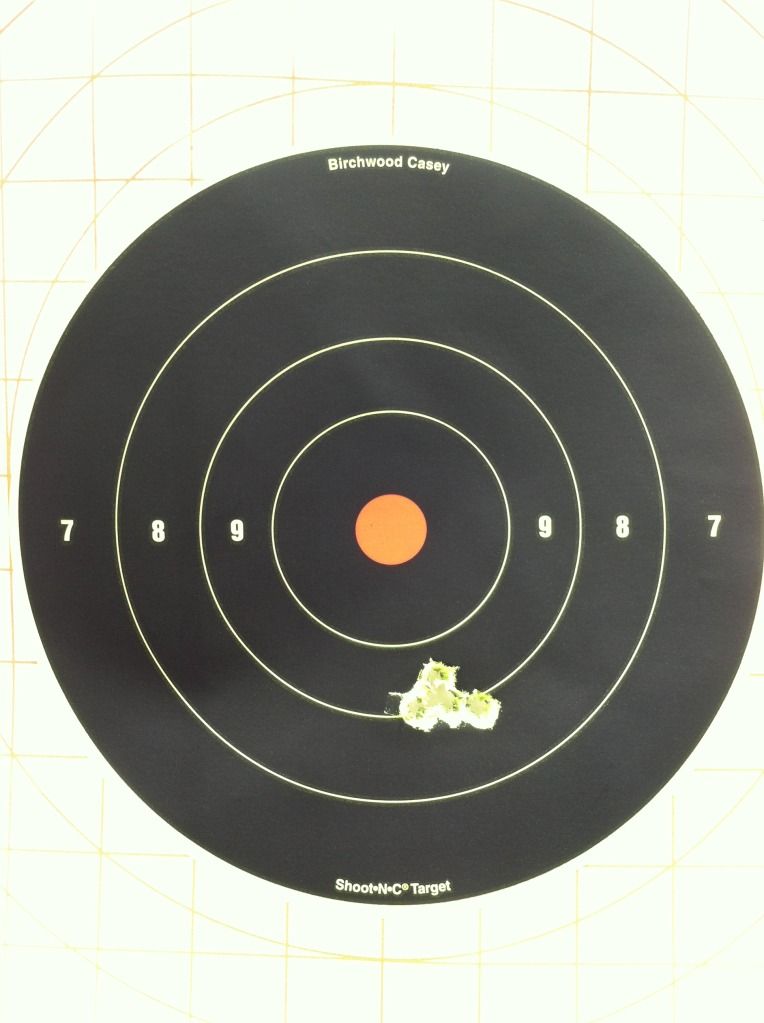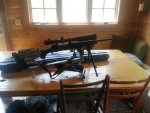*Preface: I came out of lurking recently because I'm a relatively new, totally self-taught rifle shooter. I've killed elk and deer with a 30-06 I bought out of the newspaper and never really caught the bug until lately. Now I'm devoted.
So I've been reading about proper technique. A lot. And watching youtube videos. A lot. And asking knowledgeable people stupid questions. A lot.
And then going shooting.
Here's my question: As you transition from know-nothing to sound shooter, is it possible to actually get worse in the process? This weekend I took my Savage 11 LR Hunter in .300 WM with Vortex Viper HD out for a quick session. I stuck to 100 yards, as I am concentrated on real basic fundamentals right now--breathing, trigger squeeze, cheek weld, etc. Now keep in mind that it was windy as hell--gusts of 30mph, etc. and I'd try to shoot between gusts when it would die down to 5-10mph. Wind was at my back, too.
Net result? I'm shooting 3" to 4" groups at 100 yards, prone, bipod, factory ammo (still working on sling separately, but not this time). 3"- 4" groups? I was pretty frustrated but I'm also old enough to know when you're working on something new and get frustrated, you're better off hanging it up for the day, so I left after only 20 rounds. Still, I shot 1.5" groups only a week ago, and shot 4" groups at 200 yards that same day.
WTF?
Thanks in advance. Just trying to snail along but setbacks always drive a guy crazy. I'm thinking it had to do with my focus, meaning on one shot I might have been more focused on trigger pull than the next, when I'd be really concentrated on cheek weld. Nothing is automatic yet, I know that. Would wind, alone, really account for that much inconsistency at only 100 yards with such a rifle?
So I've been reading about proper technique. A lot. And watching youtube videos. A lot. And asking knowledgeable people stupid questions. A lot.
And then going shooting.
Here's my question: As you transition from know-nothing to sound shooter, is it possible to actually get worse in the process? This weekend I took my Savage 11 LR Hunter in .300 WM with Vortex Viper HD out for a quick session. I stuck to 100 yards, as I am concentrated on real basic fundamentals right now--breathing, trigger squeeze, cheek weld, etc. Now keep in mind that it was windy as hell--gusts of 30mph, etc. and I'd try to shoot between gusts when it would die down to 5-10mph. Wind was at my back, too.
Net result? I'm shooting 3" to 4" groups at 100 yards, prone, bipod, factory ammo (still working on sling separately, but not this time). 3"- 4" groups? I was pretty frustrated but I'm also old enough to know when you're working on something new and get frustrated, you're better off hanging it up for the day, so I left after only 20 rounds. Still, I shot 1.5" groups only a week ago, and shot 4" groups at 200 yards that same day.
WTF?
Thanks in advance. Just trying to snail along but setbacks always drive a guy crazy. I'm thinking it had to do with my focus, meaning on one shot I might have been more focused on trigger pull than the next, when I'd be really concentrated on cheek weld. Nothing is automatic yet, I know that. Would wind, alone, really account for that much inconsistency at only 100 yards with such a rifle?




